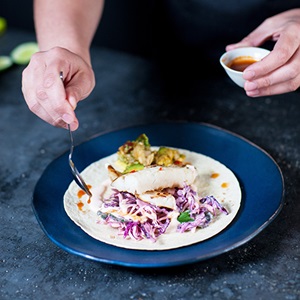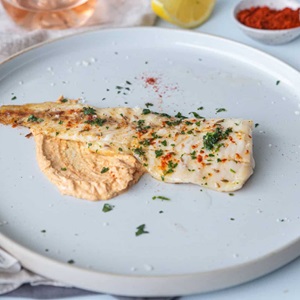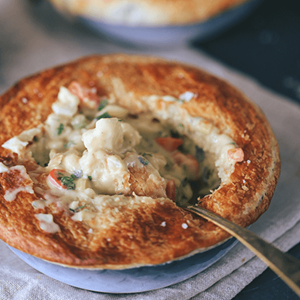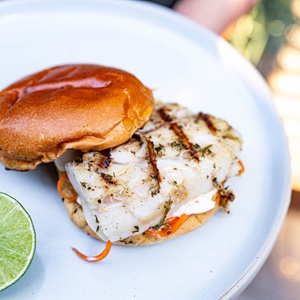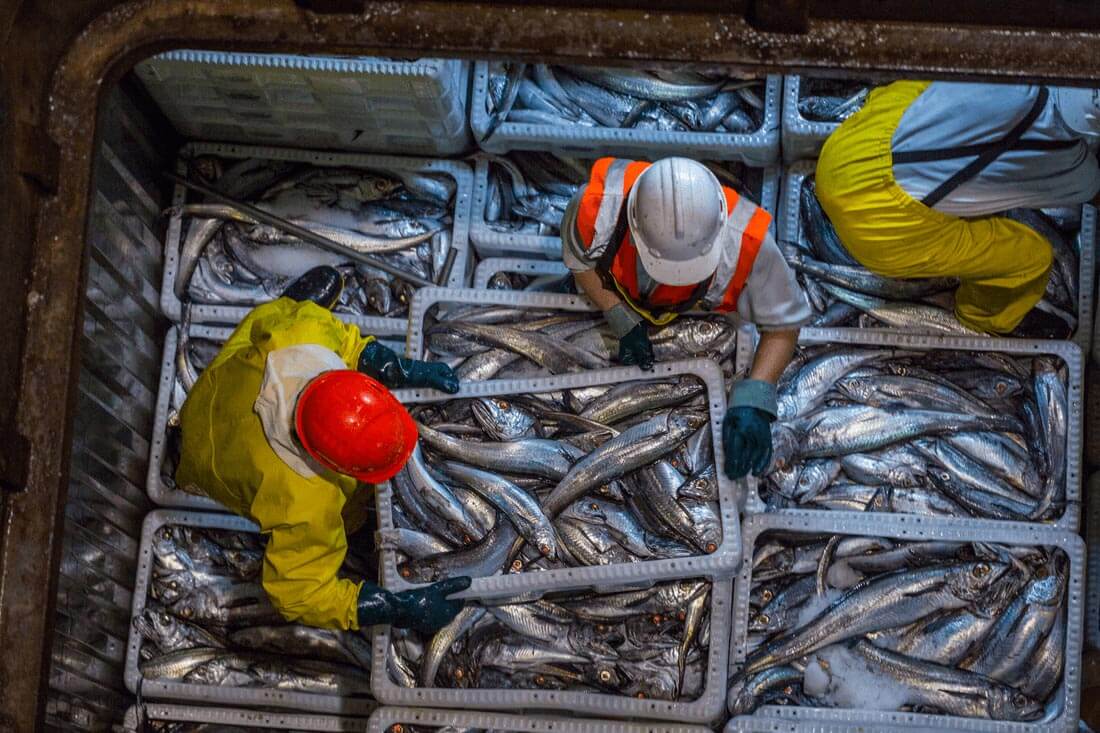Find out more about hoki, also known as blue grenadier, from southern Australia and New Zealand waters. Find out which hoki is sustainable and where to buy sustainable hoki.
What is hoki / blue grenadier?
Hoki (Macruronus novaezelandiae), also known as blue grenadier, live in the waters around southern Australia and New Zealand
Hoki flesh is delicate, succulent, and tastes slightly sweet, producing a medium flake once cooked. It is more flavourful than most other white fish because of its higher fat content but is still relatively mild-tasting. Hoki is usually sold as frozen fillets internationally but is also available at fresh seafood counters in New Zealand and Australia.
Hoki / blue grenadier facts
- High in Omega-3: The seams of fat surrounding hoki flesh are full of essential Omega-3 fatty acids.
- You'll find hoki in McDonald's in Europe: The New Zealand hoki fishery was one of the first in the world to be MSC certified sustainable and can be found in the McDonald's Filet-O-Fish in Europe. Read more about how New Zealand fisheries are leading the way.
- You'll only find them in Southern waters: Hoki live off the coast of New Zealand in the South Pacific Ocean,
- They're fast-growing: Hoki is a fast-growing fish that can live up to 25 years and grow up to 1.3 meters in length.
- They swim deep: Mainly found between 200m and 600m this deep-water species can be found in waters up to 1000m, which is over ten times the height of Big Ben!
- Hoki have a few names: This fish also has different regional names such as blue hake, blue grenadier, and whiptail.
- They're carnivores: Hoki is carnivorous with sharp pointed teeth, predating mainly on bioluminescent lanternfish as well as squid and crustaceans.
- Hoki spawns from June to September: Hoki migrates from dispersed feeding grounds to annual spawning grounds. During spawning hoki form dense schools often associated with canyon features and females can release over 1 million eggs. After spawning adults return to their feeding grounds whilst the planktonic eggs and larvae drift inshore and become widely dispersed by ocean currents.
Is hoki / blue grenadier sustainable?
In 2001, New Zealand hoki was the first large-scale whitefish fishery in the world to achieve MSC certification. Like all major commercial fisheries in New Zealand waters, hoki is managed by Fisheries New Zealand using a quota management system.
The Australia Blue Grenadier fishery is also one of Australia’s most commercially important.
Where can I buy sustainable hoki / blue grenadier?

You’ll find hoki with the blue fish tick in Woolworths, Coles, Aldi and Ikea stores, and on Sealord, Birds Eye, Ocean Chef, Ocean Pearl and Ocean Royale branded products.
Hoki carrying the MSC blue fish tick is certified sustainable. MSC labelled hoki comes from a fishery that has been independently assessed to the MSC Fisheries Standard.
Companies using the blue fish tick all along the supply chain have been assessed to ensure products can be traced back to an MSC certified fishery.
Find out more about where to buy sustainable seafood.
Hoki recipes
Enjoy Hoki any day of the week. From Taco Tuesday to Fancy suppers.
Learn more about hoki fishing
Hoki fishing is vulnerable to the effects of climate change on fishing. As waters warm, fish swim to cooler waters and adds to the challenge of fishing.
In 2001, New Zealand hoki was the first large-scale whitefish fishery to achieve MSC certification. The fishery was subsequently re-certified in 2007, 2012 and 2018.
Hoki is managed as two stocks: the eastern stock and the western stock. Hoki
is a fast-growing fish, living for 20-25 years and can grow to over a metre in length. It is caught using both pelagic (mid-water) and bottom trawls.
Between 1995 and 2000, the western stock declined due to low recruitment - there were
fewer new fish of the required size and age. New improvement action plans on stock rebuilding were therefore introduced.
Throughout the certification of the hoki fishery, catch limits have been reduced several times to allow the spawning
stock to increase. The western stock is considered to be fully rebuilt.
The hoki fishery also works to reduce bycatch of fur seals and have observers on board to check that management is compliant.
Like all major commercial fisheries in New Zealand waters, hoki is managed by the Ministry of Fisheries using a quota management system.
The Deepwater Group, under which the fishery operates, is an amalgamation of EEZ fisheries quota owners.
The non-profit group works in partnership with the Ministry to ensure New Zealand gains maximum economic yield from its deepwater fisheries resources, utilising a long term sustainable framework.
“We and the MSC are doing the same thing, working hand-in-hand on long-term, sustainable solutions. We are producing food, but looking after the fishing resource and the ocean habitats at the same time.”
Deepwater Group
New Zealand Hoki story
The story of a little known fish loved by millions around the world.
Explore more sustainable fish to eat
Find more sustainable seafood species that are MSC certified in Australia and New Zealand.
Explore the sustainable seafood guide.

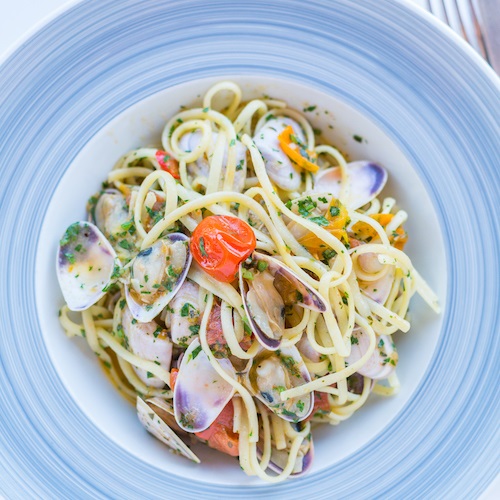
Sustainable seafood recipes
Chefs and seafood lovers from around the world share quick and tasty ways of cooking MSC certified seafood.
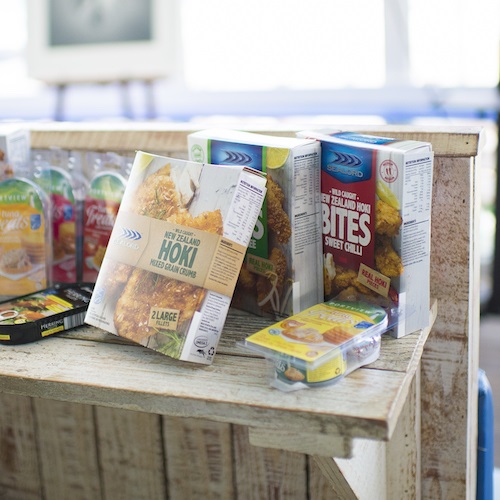
10 reasons to choose the blue fish tick
Choose seafood which helps to protect oceans, livelihoods and fish for the future.
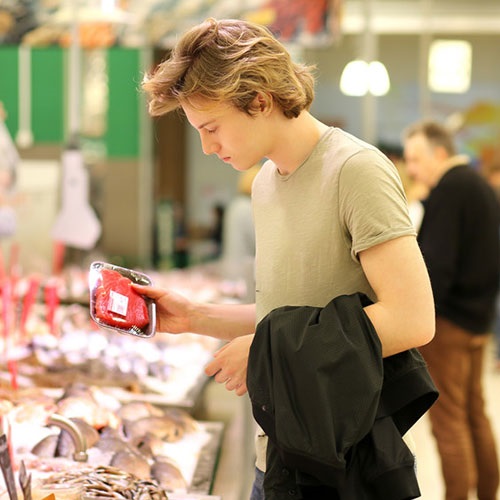
Buy sustainable seafood
Where to find the blue fish tick at supermarkets, fish shops and restaurants.


